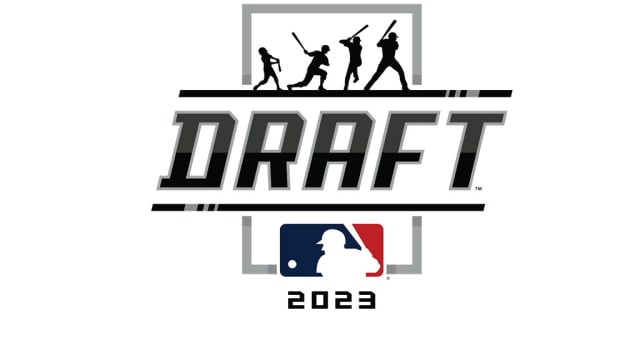With just over two months until the 2023 draft class, there is still time for changes to be made at the top, but things have remained rather consistent throughout this whole process.
In the last two days, we have look at a mock draft from MLB Pipeline and a combo article from ESPN with new rankings and a new mock draft. All three of those subjects start with LSU outfielder Dylan Crews.
Last week in our Pirates Draft Prospects weekly Saturday article, we looked at how the top of this draft class has basically stayed the same.
I thought we could take a break for one week from talking about the same players, and instead focus on the strength and weaknesses of this draft class. The Pirates have the highest draft bonus pool this year. That means that they will be spending a lot of money after the first overall pick.
Jim Callis mentioned in that Pipeline mock that this draft drops off after the top five, and it gets really cloudy by the end of the first round. That first part was more of an indication that the top five players are elite in this particular class, rather than a knock on the next tier of players.
Whether it was intentional or not, the descriptions of the players taken later in the first round don’t give off a lot of confidence that this is a deep draft. That’s probably not surprising because participation in baseball at the youth level in the U.S. has been shrinking, so at some point it has to affect the talent pool.
The Pirates pick first overall, then don’t pick again until the 42nd pick. While the won the much more important draft lottery, they ended up with the final pick of the 14 competitive balance picks, so their third pick isn’t until 67th overall. They come right back though with the 73rd overall pick, giving them four picks out of the first 73.
Those are three important picks for the Pirates. Callis noted that the late first round could go anywhere, so trying to guess exactly who the Pirates might pick would be a waste of time.
We can still look at the 2023 draft by position, even though anyone who follows the draft knows you don’t draft for position like other sports. Position in a baseball draft should only be used as a “flip a coin” way to pick between two players whose potential is indistinguishable from each other.
Here’s a breakdown of Baseball America’s top 100 by position after the first five picks. I wanted to eliminate them because they have separated themselves, and because the group includes four outfielders, so that could skew the results. If you don’t like that decision, just add four outfielders and a right-handed pitcher. If players had two positions listed, I went with their most likely spot in the pros.
RHP: 30
LHP: 8
1B: 2
2B: 1
SS: 28
3B: 9
C: 5
OF: 11
Utility: 1
There isn’t a college left-handed pitcher in the top 60. The top ranked one is Hunter Owen (#65), who is not the former Pirates prospect trying to resurrect his career as a pitcher.
Both first basemen are college players, which isn’t surprising. Almost all high school teams put their best players at positions of value.
The only second baseman is also the only second baseman in the top 200. That’s 16th ranked Tommy Troy from Stanford, who has no shot at #1, but also no shot at being around for the 42nd pick. MLB Pipeline lists him as a shortstop, so even calling him a second baseman might not be agreed upon.
Shortstop is particularly deep, both in the late first round area, and between high school and college players. It’s also a position where players move off of the most, so there definitely won’t be 28 future pro shortstops in that group of 28.
Those five catchers are broken up into three ranked fairly high (likely first rounders), and two ranked 98th and 99th. I won’t say you should eliminate the Pirates from taking a catcher with any of the 42/67/73 picks, but that’s what these particular rankings would suggest.
My plan to leave off outfielders worked perfectly because there aren’t as many as you would expect, but it would definitely look better with the elite players
The one utility guy is high school Swiss army knife Gavin Grahovac (#77), who plays everywhere except pitcher, but probably ends up at a corner spot, still leaving four positions to choose from if he can’t play those other four.
Here’s the same exercise using the 6-100 group on MLB Pipeline.
RHP: 27
LHP: 11
1B: 2
2B: 2
SS: 21
3B: 11
C: 4
OF: 17
The two big differences between these two lists are the amount of shortstops and outfielders. All of the other numbers are close. As you might expect, those differences come later in the list, where players tend to fall in bigger groups, such as player xx is a potential 3rd/4th round pick, and then these two industry sources have to figure out where to put them in that large group.
If you’re looking for strengths here, it’s with right-handed pitcher and shortstops, which can be said about almost every single draft class. Not going to lie, if you just took an educated guess based on averages, you would come up with something very close to what you see here. Sometimes you’ll get more outfielders than you see here (especially the BA list), or more catchers, or it will be a particularly bad year for left-handed pitchers, but this looks a lot like what you would expect going into this exercise.



